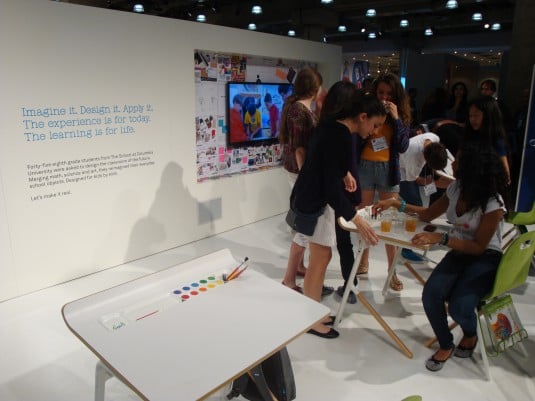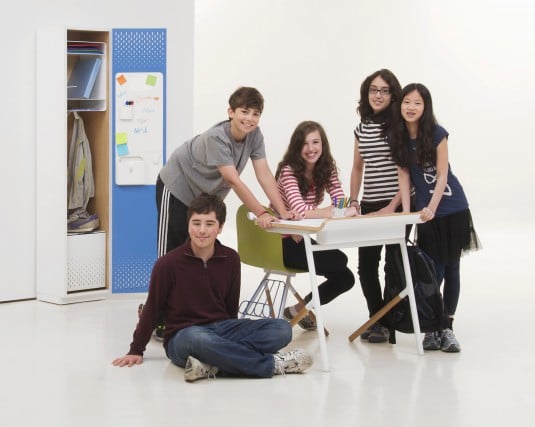
May 15, 2011
Design Without Baggage
Designers always talk about being open at the start of projects, entering into the process without preconceived ideas or forms. They claim that their brains are sticky blank slates awaiting any and all good ideas. Today it’s fashionable to claim that you wouldn’t dare even begin sketching a form, however provisional (even on a cocktail […]
Designers always talk about being open at the start of projects, entering into the process without preconceived ideas or forms. They claim that their brains are sticky blank slates awaiting any and all good ideas. Today it’s fashionable to claim that you wouldn’t dare even begin sketching a form, however provisional (even on a cocktail napkin like Frank Gehry), without first exhausting all avenues of research. “It’s about looking at the problem with a sort of child-like wonder,” they might say about the precious formulation of their ideas. “It’s about not being afraid to ask the dumb question.” And you think: so why do your buildings (or chairs or books) always look the same? Is it just a coincidence that all your dumb questions lead to roughly the same result?
OK, I’m being a bit unfair here…but only a little, since all designers have a process, an approach to the blank slate. And once they’ve developed it, through education and experience, it becomes a kind of survival tool: how else would you juggle five or six or ten projects simultaneously? So much for wide-eyed innocence!
All of this is a round-about why of explaining why I think the “Tools At Schools” exhibit (http://www.tools-at-schools.com/)–a collaboration between Bernhardt Design, Aruliden (a New York industrial design firm), and the School at Columbia University (a K-8 institution)—was such a sensation yesterday at the opening of the International Contemporary Furniture Fair, in New York. The project produced a simple and elegant schoolroom desk and chair, along with a set of lockers — designed collaboratively with a group of eighth-graders. The crowds responded to the representation of the kids, of course, but to something else as well: the purity of expression that could only come from a smart group of 14-year olds asking the right dumb questions.
Great credit should go to Johan Linden and his colleagues at Aruliden, along with Jerry Helling and the people at Bernhardt. They clearly gave the students the correct amount of help and direction without compromising the authenticity of their voice, which was fresh and clean: without guile, without a shred of calculation, without an aesthetic agenda or the overwhelming need to create an Artistic Statement. The designers—all forty-four of them—simply wanted to solve a problem they knew a lot about. Maybe there’s a lesson here for designers.






